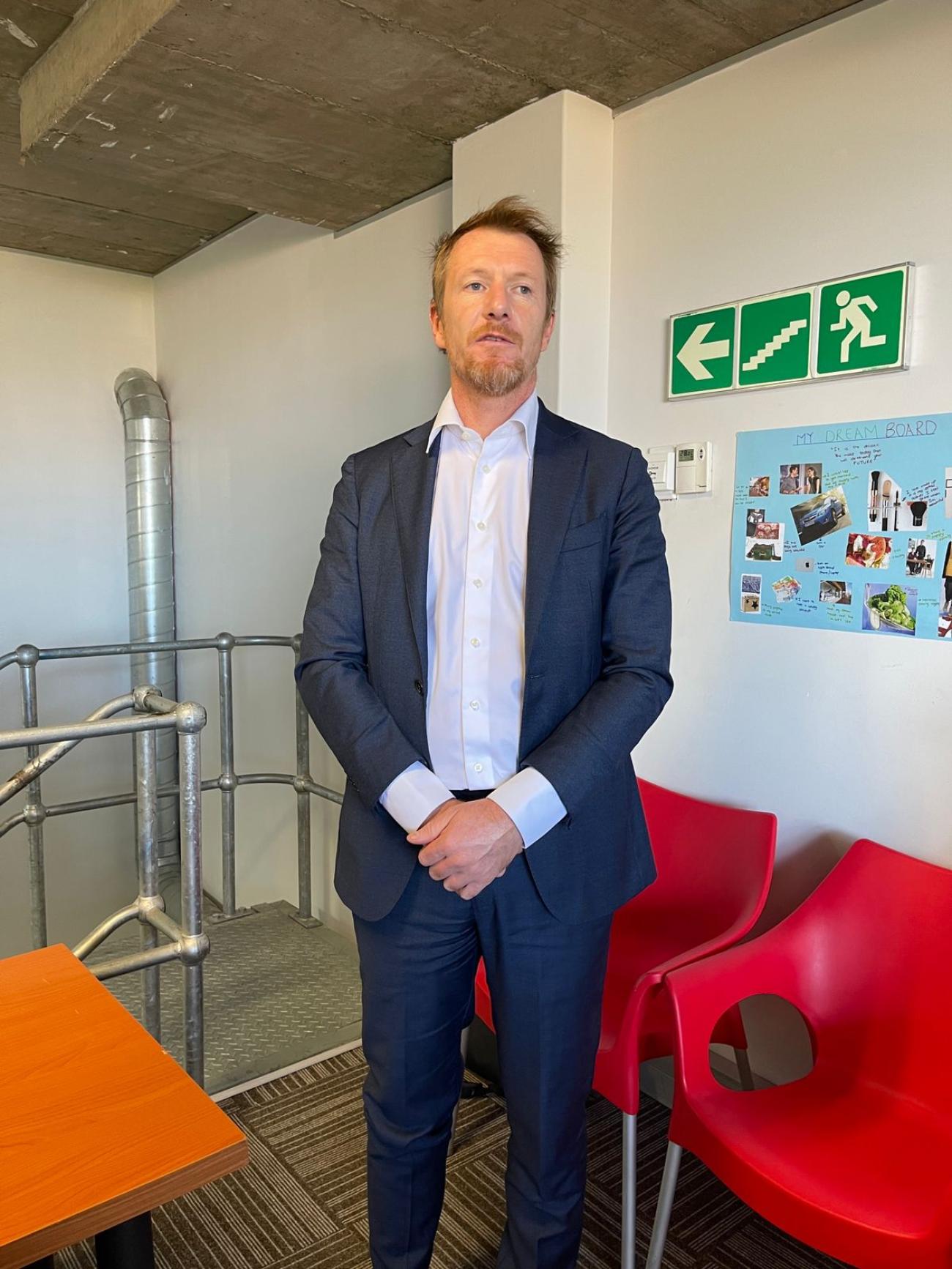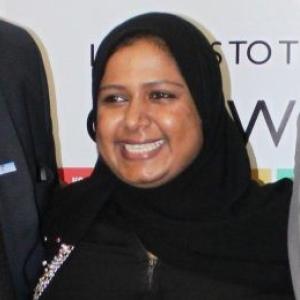Interview: Nikolas Bosscher

Climate change is a worldwide challenge which needs to be addressed in South Africa too.
Nikolas Bosscher is the Deputy General Representative of the Government of Flanders in South Africa. He was part of the mission that traveled to the Cape provinces where the UN Environment Programme, the Department of Forestry, Fisheries and the Environment as well as the South African National Biodiversity Institute have just completed implementing the Ecosystem-based Adaptation pilot programme in the Eastern, Western and Northern Cape provinces of South Africa. InFocus’s Zeenat Abdool interviewed the representative on his government’s role in the project. Here are excerpts from the interview.
Question: Why is the Government of Flanders interested in funding adaption initiatives to climate change?
Answer: It’s been a really nice mission and we have seen good examples of climate change adaptation. Let me first go back to the question of why the Government of Flanders is investing in climate adaptation. Flanders in South Africa has a country strategy paper. We work on a basis of five-year plans based on which both the governments of South Africa and Flanders decide what will be prioritized and the investments allocated to those priorities.
This EbA programme was decided by both governments and has run from 2017 and will be concluding now in 2022. The reason why climate change adaptation is chosen is because our funding is for official development assistance. This means that these resources are used for development cooperation and when we talk about development cooperation there is a social angle.
The intention is to look at how to help people. At the same time climate change, as you know, is a worldwide challenge which needs to be addressed in South Africa too. The two intentions were combined. When we talk about climate change, we speak of two broad categories: where one is climate change mitigation, which focuses on how we can avoid the emissions of greenhouse gases, and the other is climate change adaptation, which focuses on how we can adapt to climate change in the environment.
Of course, both these components come together if we are able to help people cope with the challenges of climate change.
We are seeing an emphasis on the circular economy. What is it and how does it relate to climate change adaptation?
We saw an example of the circular economy on this visit. We live in a society where production becomes very important as producing goods means that you are generating wealth and income but once these goods are produced and used, what does one do?
Do we just discard it into the environment? We visited one small enterprise [Lily Loompa] which is recycling waste materials. In particular, the entrepreneur we visited was very creative and artistic. She used waste products to create art and that art is being sold.
Firstly, she is generating income for her family and secondly it is reducing waste materials. The circular economy is going to be something in the future that is going to gain economic interest because waste is also a resource. How can we make production more sustainable? How can we recycle waste material to reduce the amount of products that are being discarded into the environment.
We also visited the Dream Factory in Phillipi, in the Western Cape. Tell us about the work that’s being done there.
On the first day we visited the Dream Factory, where very engaged young teachers are trying to make youth in the environment much more aware of climate change. They also teach them how to operate in that environment and how they can, for example, create food gardens to increase their food security and be more aware of climate change.
We witnessed how knowledge is being passed on to benefit youth as well as their families and their communities. The youth learn about the importance of the soil, what food to plant and also how to overcome climate challenges relevant to their community.
Speaking on the issue of youth, how do we get youth more involved in the EbA programmes?
Indeed, when we talk about the youth, we are talking about the future of tomorrow. That t have to be included is not a question. Young people need to be made aware of climate change and its consequences for them and how they would need to adapt their lifestyle. I think the way that past generations have lived are not sustainable, we know this, there are examples across the world.
The reports from the Intergovernmental Panel on Climate Change have shown that climate change is here to stay. So, it becomes very important for us to concentrate a lot on youth. First, to create awareness that the climate is changing and this will affect their future and how they want to live their lives.
Secondly, it is also important to create knowledge about mitigation, the production habits the past generations have had cannot be continued as it is destroying the environment. We must equip the youth with knowledge and resources on how to create production systems that are sustainable, how to stop the emissions of greenhouse gases and how to stop the extraction of resources from the earth and only use what we need. The youth must know that we need to stop extracting more than what we need and stop depleting the resources and thus reducing the materials that are discarded as waste.
The youth are facing huge challenges and we must prepare them for this. We need to include them in all aspects, climate change adaptation, awareness, building climate resilience for themselves, their families and their communities and produce in a sustainable way that can still generate an income.
We have seen, on this mission, youth already living through climate change and the need for programmes like this. What happens now as it is near conclusion?
Unfortunately, it’s an inherent fact that projects have a start date and an end date. The important aspect of project sustainability is that it is embedded.
When we went to Namaqualand and we saw farmers farming, the project helped to ensure that their farming practices are more sustainable and more productive at the same time and they will continue to farm using these practices. Even though the project has ended, the good practices continue and are passed on. We have also travelled with the DFFE. So at their level they can also take up the good practices and institutionalize them in the way they operate. In this way, they will also be training communities about sustainable practices.
We met with the district municipality officials here. They are responsible for drafting an integrated development plan and we talked about how to integrate these practices into that plan. So that is the aspect of project sustainability. I sincerely hope that UNEP would be able to tap into other resources because they are doing very good work which must continue and also scale it up with other implementing partners.
Written by














